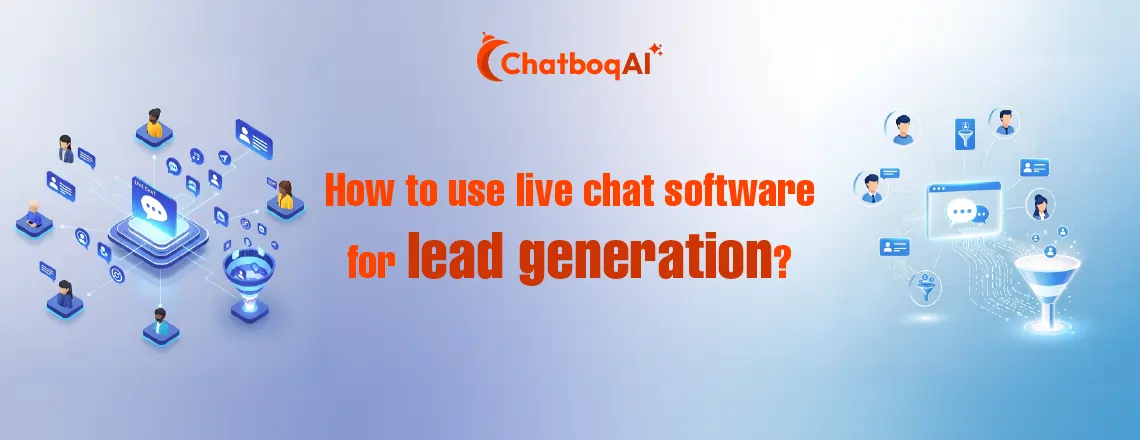
Live Chat Lead Generation: How to Capture and Convert Leads Effectively
Every company’s lifeblood is leads. Discover how live chat lead generation can increase conversions. Discover practical tips for utilizing chat software to generate leads and grow your business. Growth halts, sales pipelines dry up, and opportunities go away without a constant flow of fresh candidates. The difficulty here, though, is that conventional lead generation strategies that once showed great success are no longer as successful. Static lead forms, popups, and even email captures are declining as digitally savvy consumers anticipate quicker, more interactive experiences.
📑 Table of Contents
- Live Chat Lead Generation: How to Capture and Convert Leads Effectively
- Live chat and its role in lead Generation
- Why are Live chat lead generation better than traditional?
- Role of live chat in lead generation
- Why should you use live chat for lead generation?
- Core features that make live chat lead generation a boss
- Strategies to Maximize Lead generation with Live chat
- Challenges and ways to overcome in live chat
- Best practices for Live chat success
- Step-by-step implementation plan
- Conclusion
- Frequently Asked Questions (FAQs)
Many marketers have questions about how to capture attention and convert visitors in real-time as customer behavior evolves. Live chat lead generation is the response that is being used more and more often.
Live chat is increasingly more than simply a support feature hidden on the side of a website. Today, it serves as a strong lead generation conduit, enabling companies to engage visitors immediately, respond to questions on the spot, and gather invaluable contact information. More significantly, it supports customized, humanlike interactions that foster confidence and inspire conversions.

Studies reveal that consumers are more inclined to interact with a brand via live chat than via delayed email replies or static forms. Chat lets consumers meet them where they are in their purchasing process, and occasionally, at the exact time they’re deciding whether to convert or click away.
We will go into great detail in this guide on how companies might use live chat for lead generation. From knowing its purpose and advantages to practical tactics, best practices, and step-by-step execution, you’ll learn how to turn your live chat tool into a lead-generating machine.
Live chat and its role in lead Generation
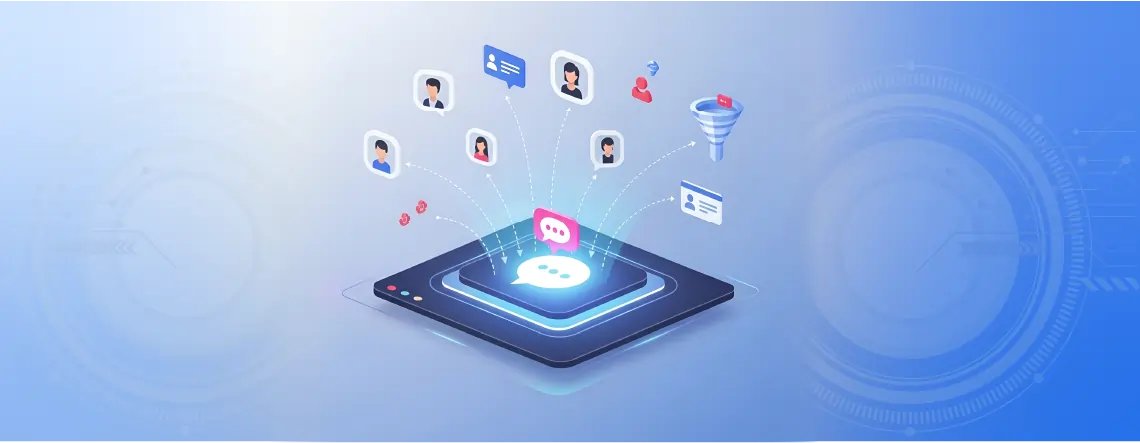
Live chat is a channel of real-time communication that is integrated into a mobile application or website. It helps visitors to connect immediately with a business representative (or chatbot) without having to exit the website. Live chat offers a seamless conversation experience, unlike email or phone assistance, which often involves a lengthy wait or complex procedures. A customer clicks the widget, types a question, and receives an immediate response.
Live chat was initially intended as a customer service tool, providing a quick means to address issues and respond to questions. But companies came to see its enormous possibilities beyond support over time. Live chat has evolved into a sales and marketing force that cultivates leads, builds trust, and captures prospects at the precise moment of interest.
Why are Live chat lead generation better than traditional?
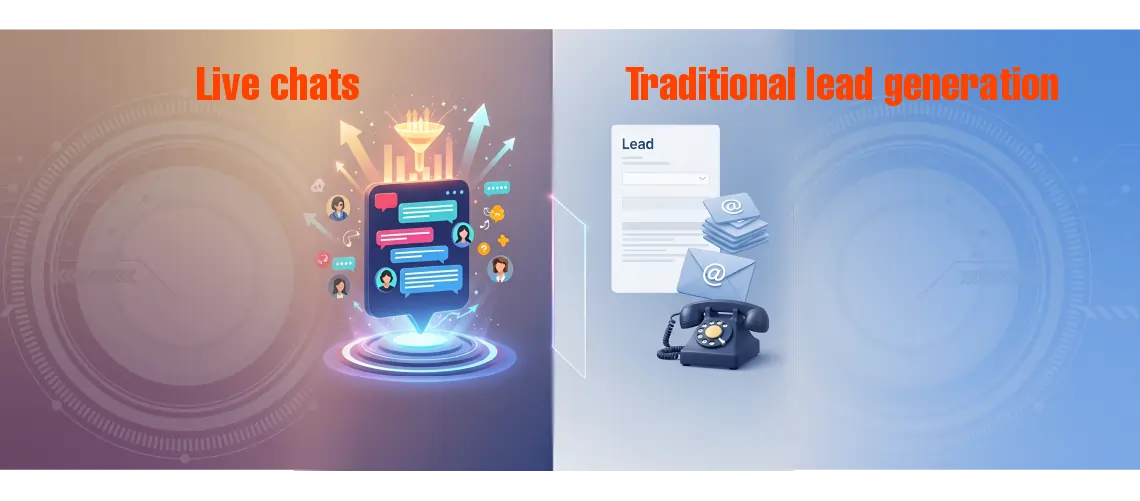
Rather than simply providing their email address for a download, visitors can ask specific questions, receive personalized suggestions, and establish a genuine relationship with your company.
The data bear this up.
- According to studies, 42% of consumers prefer live chat over phone or email when contacting companies.
- Companies that employ live chat report that their conversion rates are 20 to 40% higher simply because they interact with leads in real-time.
- Three times more likely to purchase than those who don’t, live chat users are.
Role of live chat in lead generation
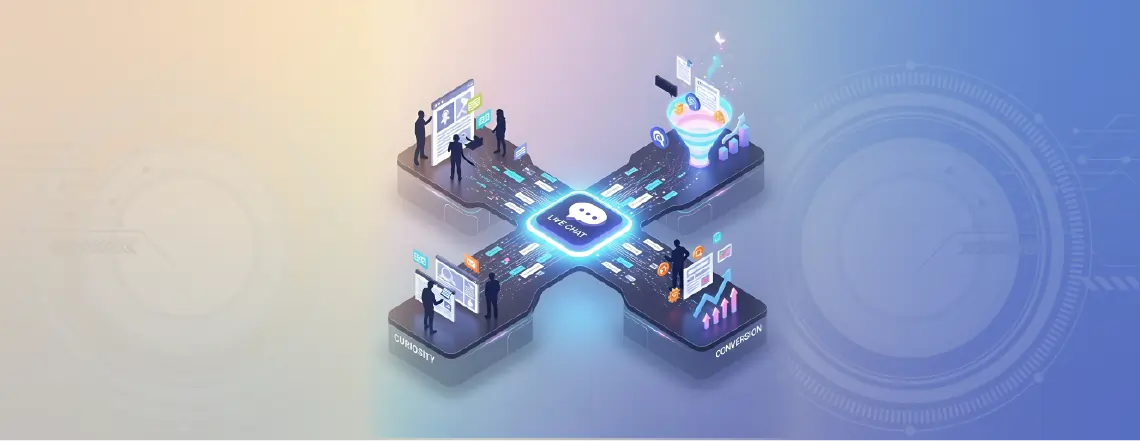
Consider live chat a link between curiosity and conversion. Many people leave without taking action because they are interested, but without instant direction, they land on your site. Live chat lead generation draws their limited attention, resolves concerns, and steers them further down the funnel. From qualifying prospects with pre-chat surveys to nurturing them with tailored messages, live chat ensures no opportunity is lost.
Why should you use live chat for lead generation?
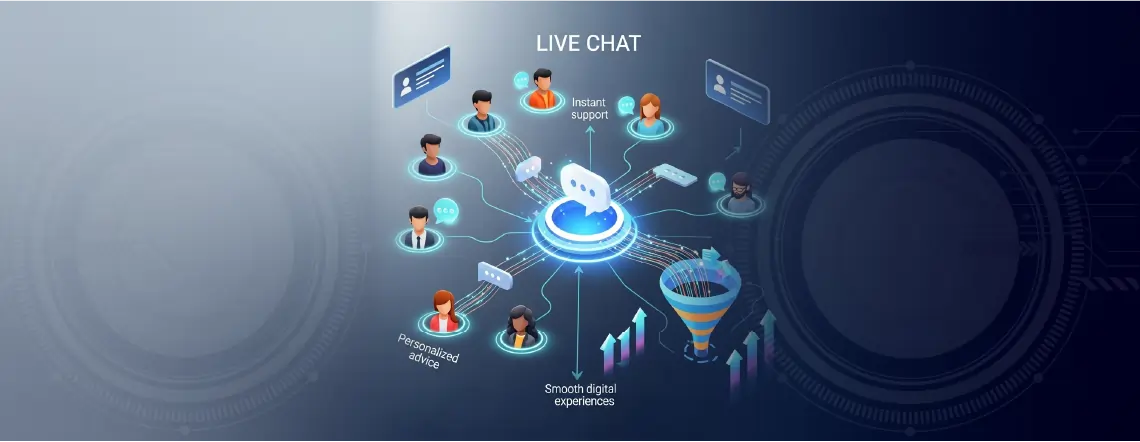
Live chat is more than just another means of communication; it’s a tactical asset that directly influences how companies capture and convert leads. Personalized advice, quick support, and seamless digital experiences are now expected of clients. Live chat satisfies these demands while also driving sales channels. Let’s examine the primary factors contributing to its significant effectiveness in lead generation.
1. Quick Response Time

Speed counts. Research indicates that contacting a lead within five minutes increases their chance of conversion 21 times compared to contacting them 30 minutes later. Often requiring guests to wait hours (or sometimes days) for a response, conventional lead generation techniques include form or email captures. By then, their curiosity might have waned or, worse, they might have headed to a rival.
Live chat removes this friction. Right when they are curious, perplexed, or ready to make a decision, visitors get real-time answers. This immediate interaction helps to establish trust and significantly improves the chances of converting interest into a lead.
2. Increased Conversion Rates
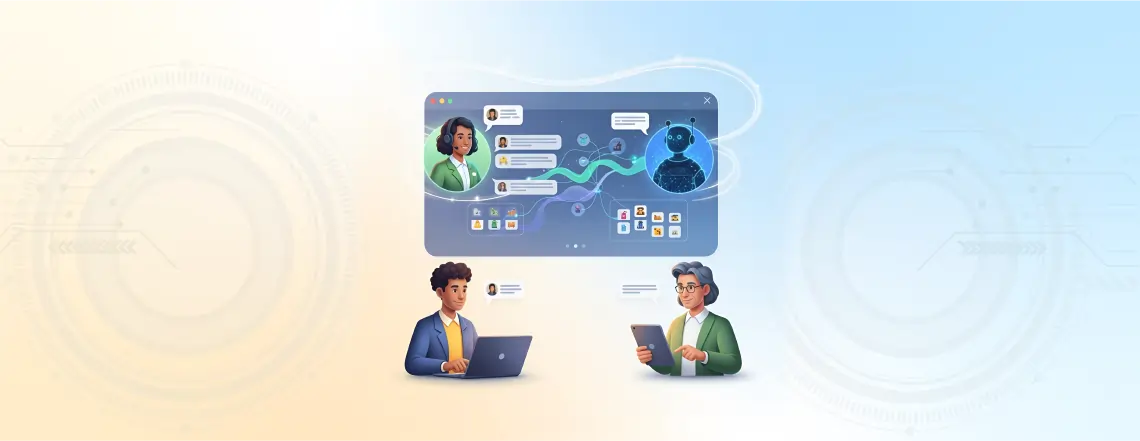
Customers who can converse with someone immediately (or even an intelligent chatbot) are more likely to remain interested and stay ahead. Live chat interactions enable prospective customers to:
- Inquire about particular items or services.
- Clear up any questions regarding policies, features, or price.
- Receive tailored recommendations based on your specific requirements.
- By adopting this consultative approach, the purchasing process can be made easier.
According to research, consumers who communicate using live chat are 2.8 times more likely to convert than those who do not. Live chat generates qualified leads that are closer to a purchase decision, rather than simply increasing the number of leads.
3. Improved Involvement and Relationship Building
Sometimes, lead generation is not just about completing the transaction immediately. Occasionally, it’s about starting a dialogue that will develop over time. Live chat offers the ideal setting for developing relationships.
Chatting with a guest allows you to obtain their contact information, learn about their interests, and follow up with customized materials or offers, even if they don’t make a purchase today. This level of engagement ensures you remain top of mind when they are prepared to buy and helps build brand loyalty.
4. A Natural Fit in the Digital Customer Journey
Modern consumers are digital-first. They would rather chat than call, and they would not wish to send emails into oblivion. Live chat is quick, easy, and nonintrusive; it fits perfectly with this behavior.
Consider this: 42% of consumers prefer live chat over email, at 23%, and a mere 16% for phone. Offering live chat helps companies engage consumers where they are currently: online, searching, and making choices in real-time.
5. Reduced Sales Cycles
The live chat’s ability to speed up the sales process is among its main benefits. Leads can ask all their questions in one chat rather than a slow back-and-forth exchange over forms and emails. On the spot, sales representatives (or chatbots) may qualify them, create personalized offers, and even set up demonstrations or consultations immediately.
This speeds up deal closing for companies by eliminating pointless delays for sectors with longer, more complex purchasing cycles.
Core features that make live chat lead generation a boss
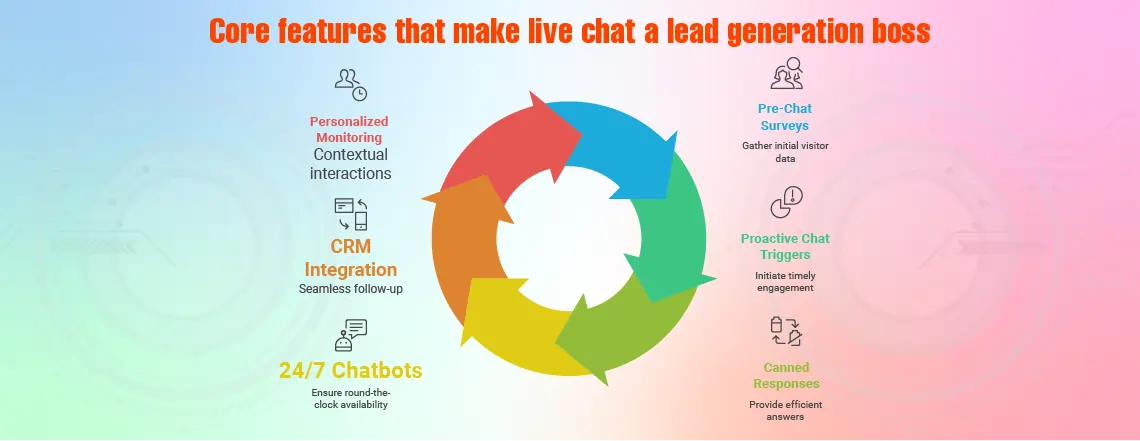
Companies can gather important lead information, such as name, email, company, or intention, using pre-chat surveys before a dialogue starts. This data not only helps meet the criteria but also ensures that sales staff members can customize the chat from the very first message. Should someone choose “Interested in Pricing” on the form, for instance, the conversation might be sent immediately to the sales department.
1. Proactive chat triggers
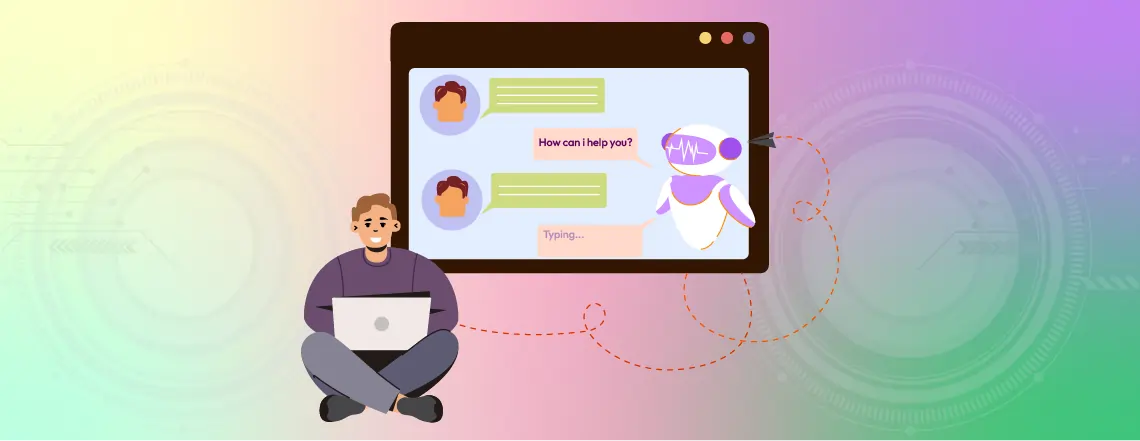
Proactive chat triggers let you initiate contact at the appropriate time, rather than waiting for guests to start the chat. These automated messages can be based on actions, including:
- Time spent on a page for pricing or product.
- Returning visits to the location.
- Exit intent is someone’s imminent departure.
Studies reveal that 33% of active chat invitations receive a reply, providing a great opportunity to catch leads that might otherwise go unattended.
2. Canned responses for effectiveness
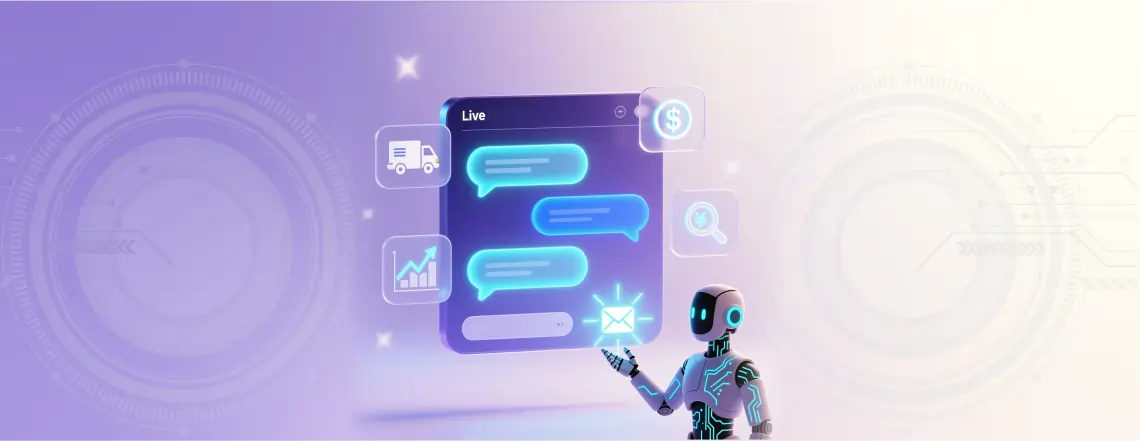
In live chat, speed counts; predetermined replies guarantee fast, consistent answers to frequently asked questions. Whether it concerns shipping, pricing, or features, pre-written replies are helpful. More importantly, canned responses can be developed to promote lead capture, as follows:
“I would gladly provide more information; may I have your email so that we can follow up with a comprehensive product guide?”
3. 24/7 chatbots

Although no company can always have human agents online, consumers anticipate availability around the clock. Chatbots really shine here. Smart bots can:
- Gather contact information off-hours.
- Through simple queries, qualify leads.
- Redirect talks to the proper department.
Although a chatbot guarantees that no leads pass under the radar, even when a human representative is not present.
4. Integration of CRM and Marketing Tools
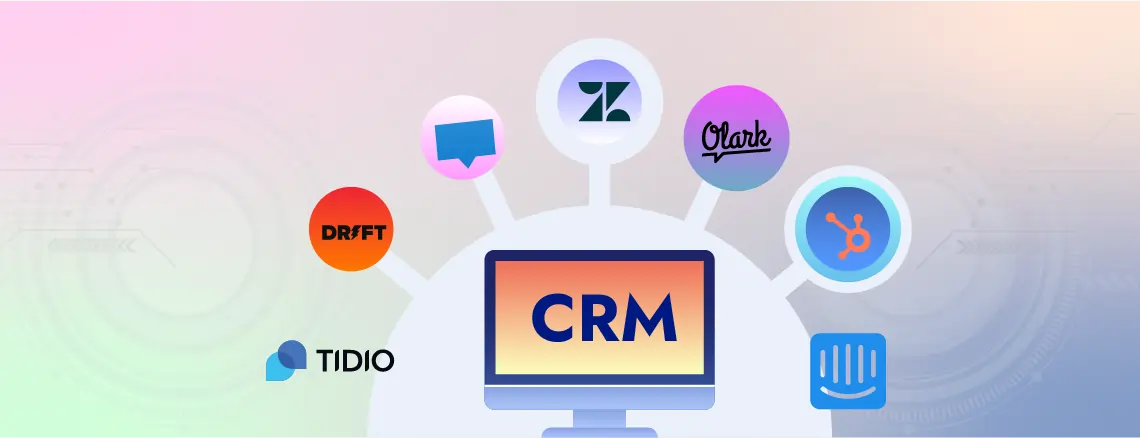
Obtaining a lead is just the start. When live chat interfaces with CRM and marketing automation tools, the actual magic occurs. This enables chat information, such as transcripts, preferences, and contact details, to be directly integrated into the sales channel for follow-up. Integration enables more personalized nurturing initiatives and ensures that no lead is lost.
5. Personalized Visitor Monitoring
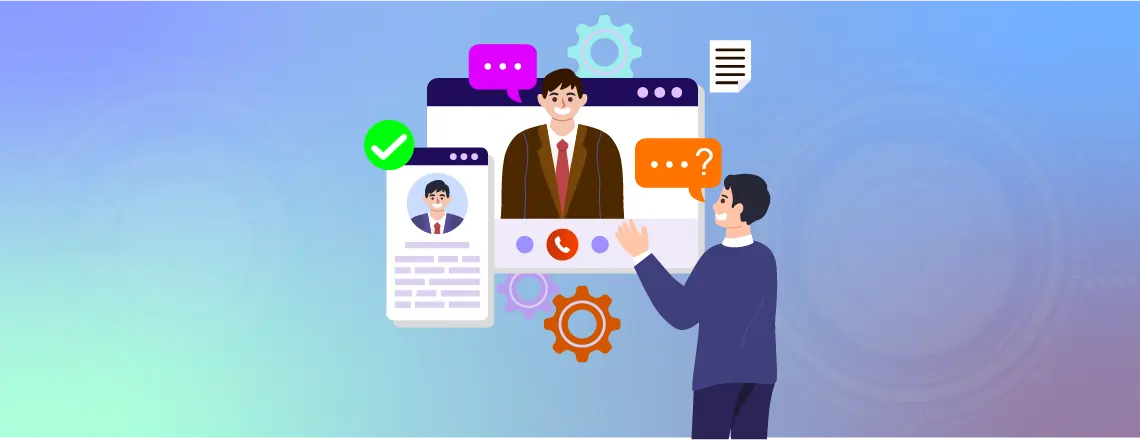
Modern live chat technologies enable agents to track the actions a visitor has taken, the duration of their stay, and the pages they have viewed. This context helps to tailor chats. For instance:
“Hi Sarah, I see you’ve been investigating our Enterprise Plan; might you want me to go over the characteristics?”
Such focused interactions demonstrate to visitors that you understand their needs, therefore increasing their likelihood of involvement.
Strategies to Maximize Lead generation with Live chat
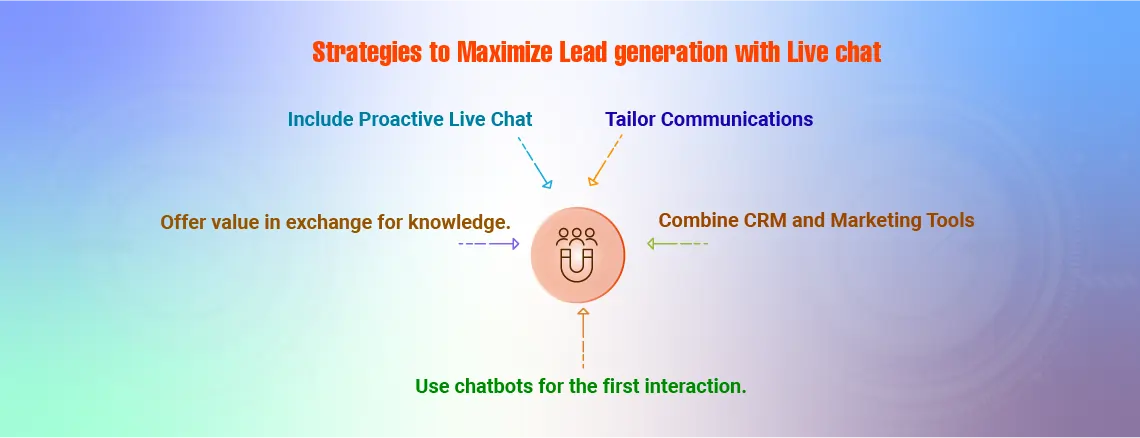
Used wisely, live chat can become a powerful lead-generating machine. Eight strong but helpful strategies follow to maximize outcomes.
1. Include Proactive Live Chat
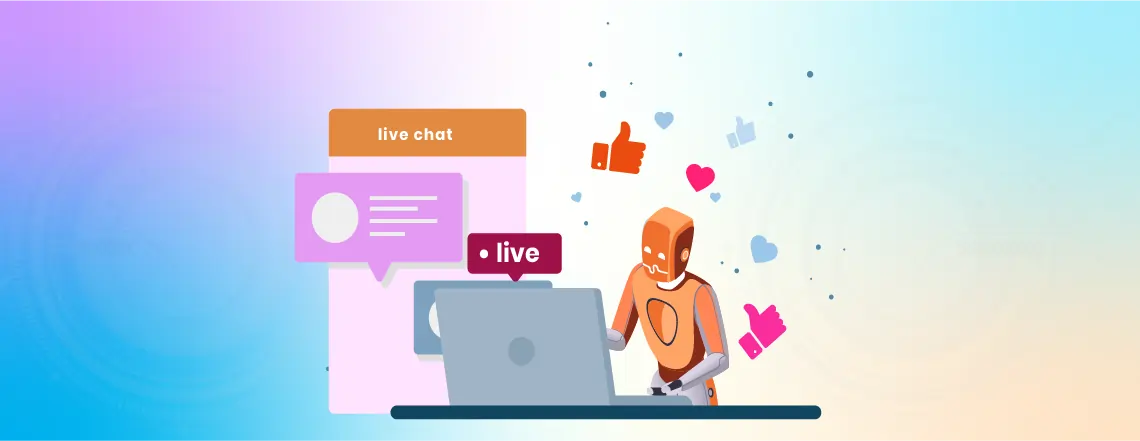
Please stop back; let the guests begin the talks. To launch a tailored communication, establish triggers based on actions like time spent on a pricing page or exit intent. According to studies, 33% of proactive chat invitations are answered; hence, this method is one of the most straightforward ways to grab attention.
2. Use chatbots for the first interaction.
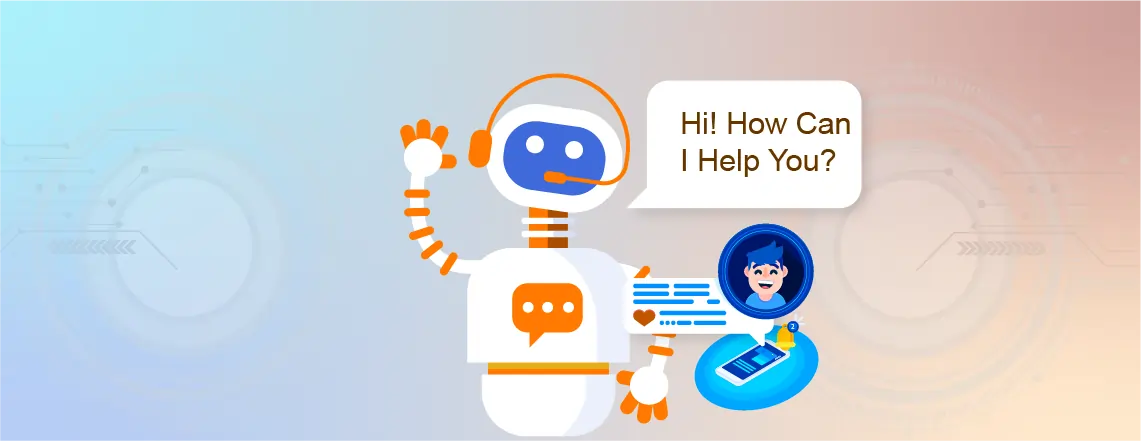
Capturing leads even when your team is offline, chatbots operate 24/7. They can question qualified individuals, gather emails, and direct people with high intentions to the appropriate section. This guarantees no possibility goes unmissed.
3. Tailor Communications
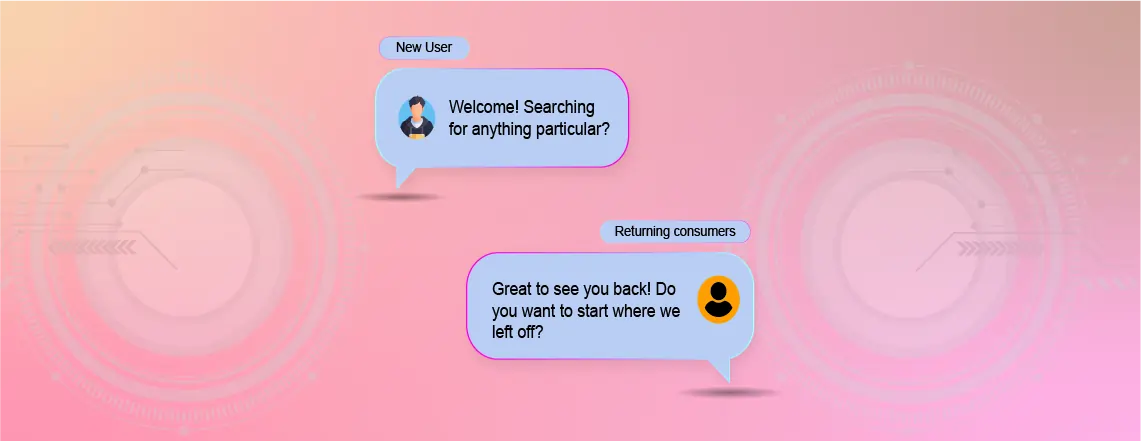
Generic greetings won’t convert consumers. Tailor messages for context:
First visitors: “Welcome! Searching for anything particular?”
Returning consumers: “Great to see you back! Do you want to start where we left off?”
Personalization demonstrates attentiveness and fosters confidence.
4. Offer value in exchange for knowledge.
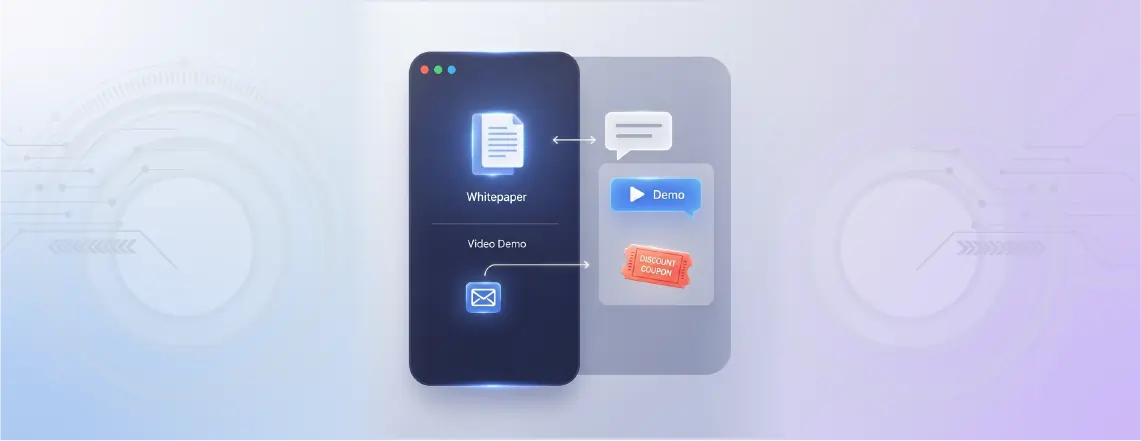
Sharing resources such as whitepapers, demonstrations, or discount coupons turns chats into possibilities. For instance: “I can send you our free industry guide. Could I grab your email?”
This leads your brand as applicable while also snagging leads.
5. Combine CRM and Marketing Tools
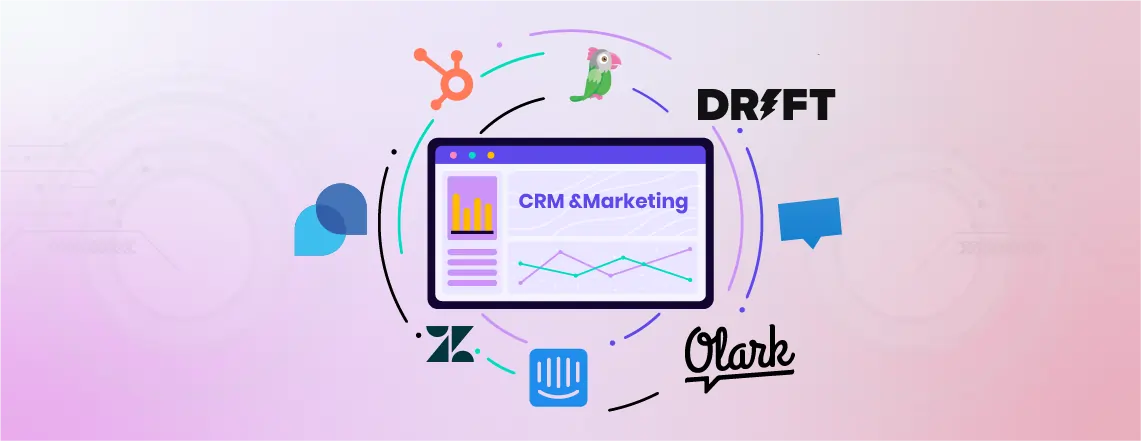
Link chat information with your CRM to preserve and utilize every interaction. This guarantees no lost leads, tailored nurturing, and excellent follow-up.
Challenges and ways to overcome in live chat
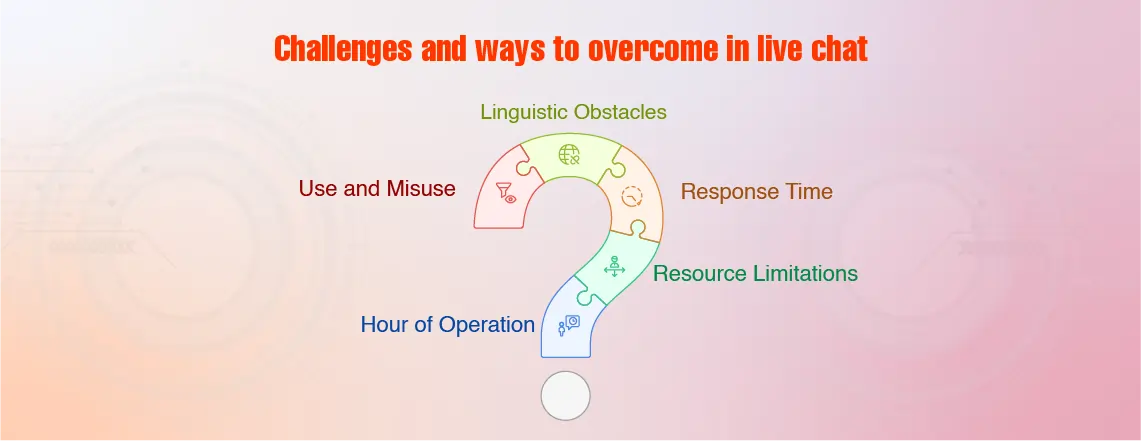
Although live chat presents excellent opportunities to gather and convert leads, companies often struggle with its implementation. The good news is that most of these issues have realistic fixes.
1. The hour of operation that is restricted

Not every business is equipped for chat availability around the clock. This opens up spaces where unanswered visitor questions might be left. Chatbots and offline messaging are the answer. While offline forms guarantee that no opportunity is missed, bots can gather lead information during off-hours. Mobile live chat applications also enable agents to answer at any moment, anywhere, for teams with variable schedules.
2. Limitations on Resources
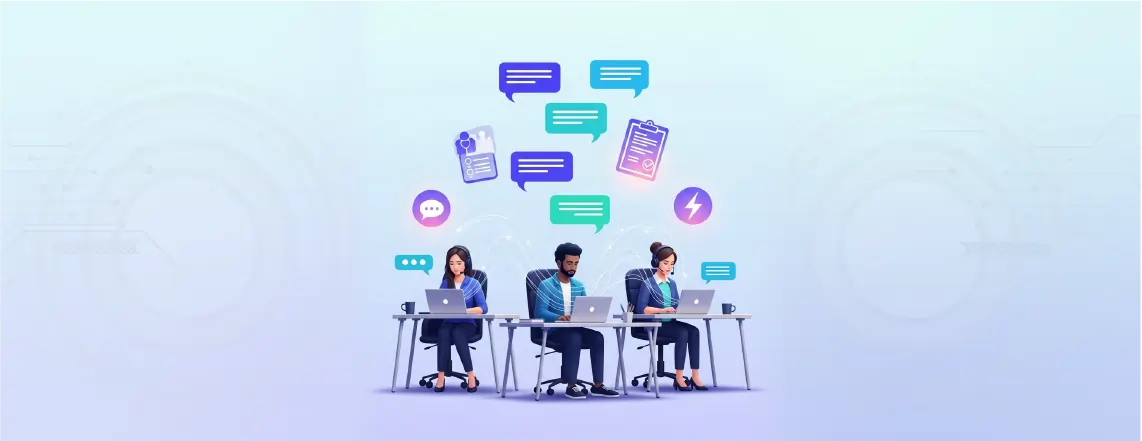
Many companies fret that they lack the personnel required to manage chat volume. You may prefer to hire smaller teams rather than large ones.
- Share workload effectively through chat routing.
- To save time on often asked questions, use canned answers.
- Effective management of multiple talks requires trained sales and support personnel.
- This method spares agents while still maintaining quick response times.
3. Response Time and Consistency
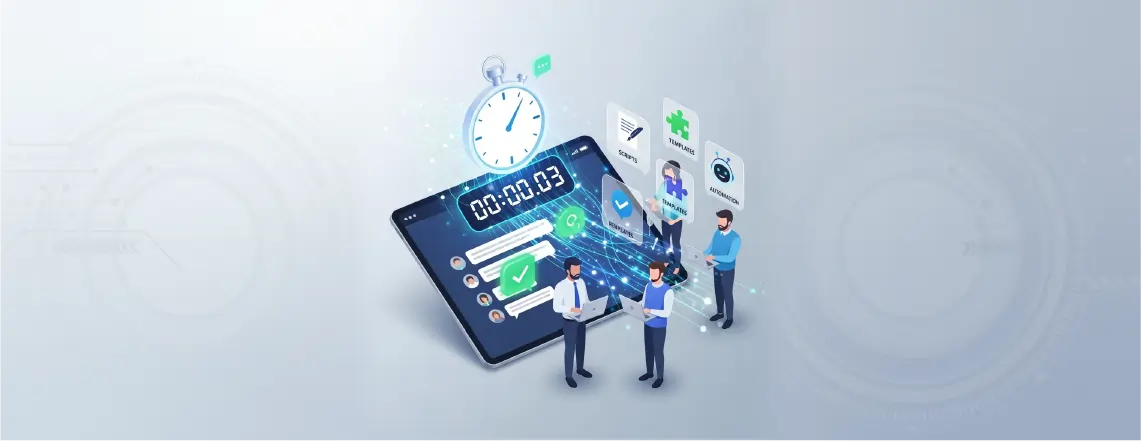
While leads anticipate fast responses, delays or erratic communication can harm confidence. Avoid this by:
- Pay close attention to reaction time statistics.
- To preserve accuracy and tone, give reps scripts and templates.
- Automation aids in FAQ management, thereby freeing agents for more critical interactions.
4. Linguistic Obstacles
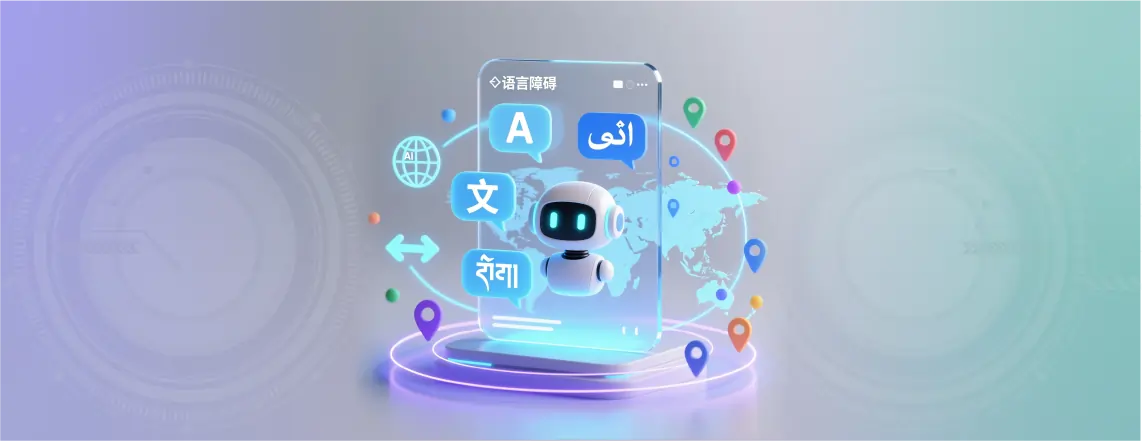
Global companies often serve clients worldwide. Without multilingual help, involvement can be constrained. To address this, use live chat programs with built-in translation capabilities or send customers to local representatives using geographic routing.
5. Use And Misuse
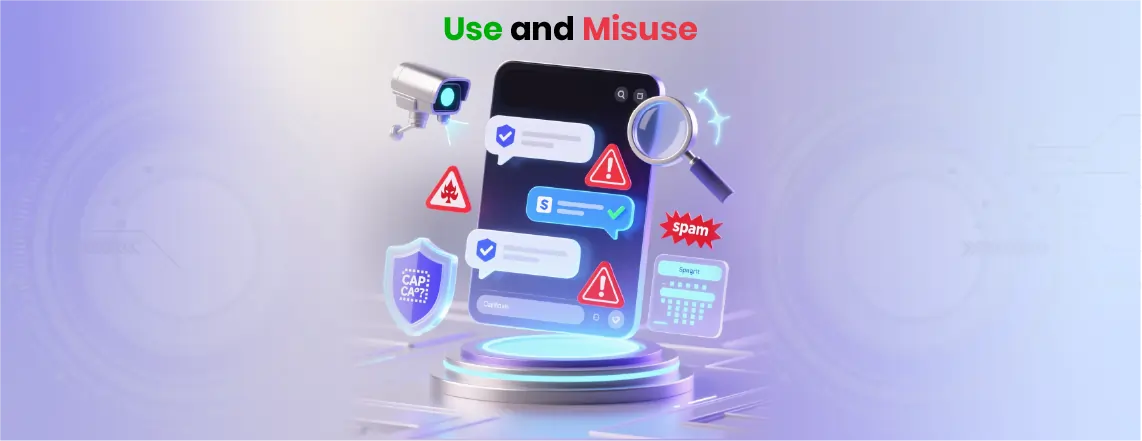
Public chat widgets may occasionally draw spam or unrelated communications. Fight this with monitoring tools, CAPTCHA verification, and spam filters. Also, instruct your staff to quickly identify and filter interactions with low value so that qualified leads receive preferential treatment.
Best practices for Live chat success
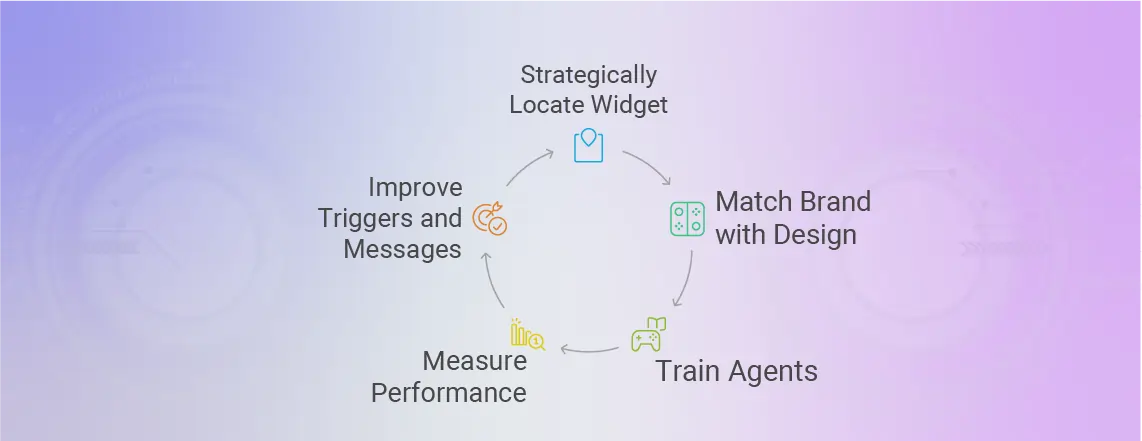
Having live chat on your website is only half the fight; the actual outcomes come from using it strategically. Businesses should adhere to established best practices to maximize lead generation and customer happiness.
1. Strategically locate the Chat Widget.

Though your chat widget should be noticeable, it should not be intrusive. The bottom-right corner of a website is the most frequently used positioning, as users feel most natural there. Avoid covering essential information or calls to action. For high-intent pages (such as pricing or checkout), ensure the widget is clearly visible to inspire engagement at key moments.
2. Match your brand with Chat Design.
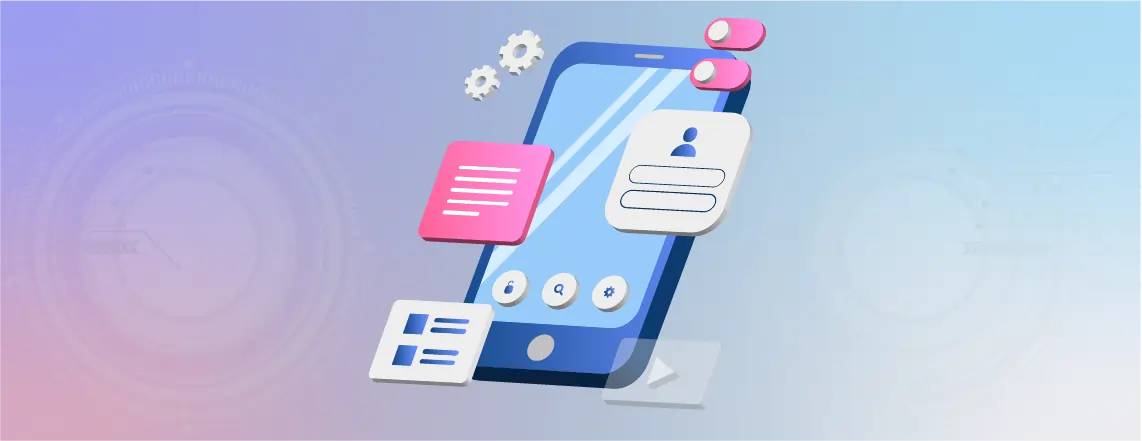
Consistency creates trust. Adjust the tone, color, and appearance of the widget to align with your brand. While a B2B SaaS company should maintain a professional tone, an e-commerce brand might use casual greetings. Interactions seem genuine thanks to the subtle details, such as welcome messages, button text, and avatar images.
3. Train and Equip Your Agents
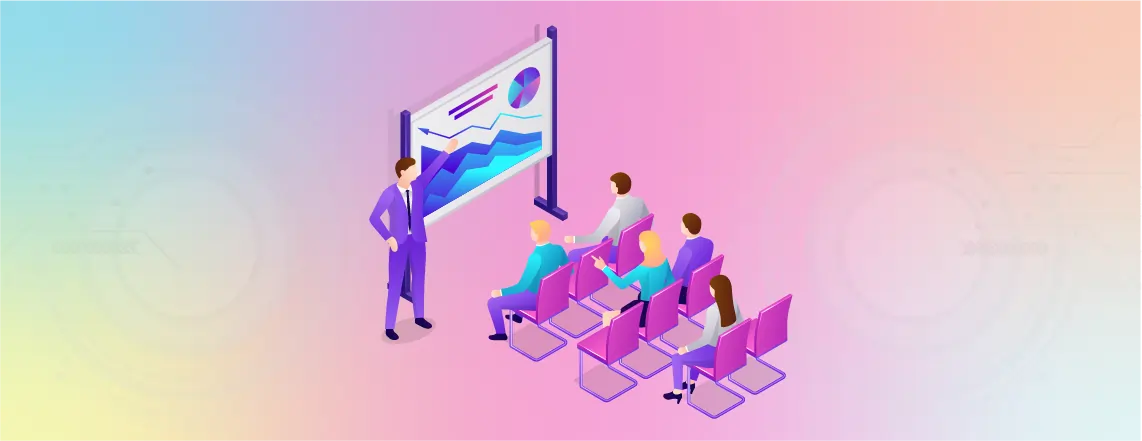
Without competent people behind it, even the best technology falls short. Train your employees in conversational manners and product knowledge. They should be able to identify upsell possibilities, pose qualifying questions, and manage many chats. Reviewing chat transcripts and participating in role-playing activities will enable representatives to improve their technique.
4. Measure Performance Using Analytics
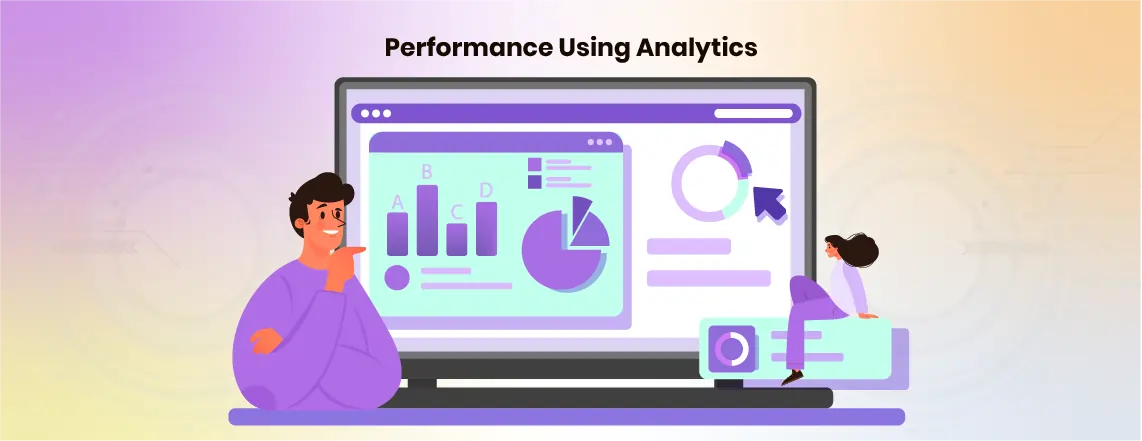
Contemporary live chat systems monitor essential indicators, including:
- First response time.
- Average chat duration.
- Conversion rate from chat to lead.
- Customer satisfaction (CSAT).
Regularly examining these figures reveals both strengths and shortcomings. For instance, consider including chatbots or canned responses to manage first questions if response times are sluggish.
5. Regularly Improve Triggers and Messages
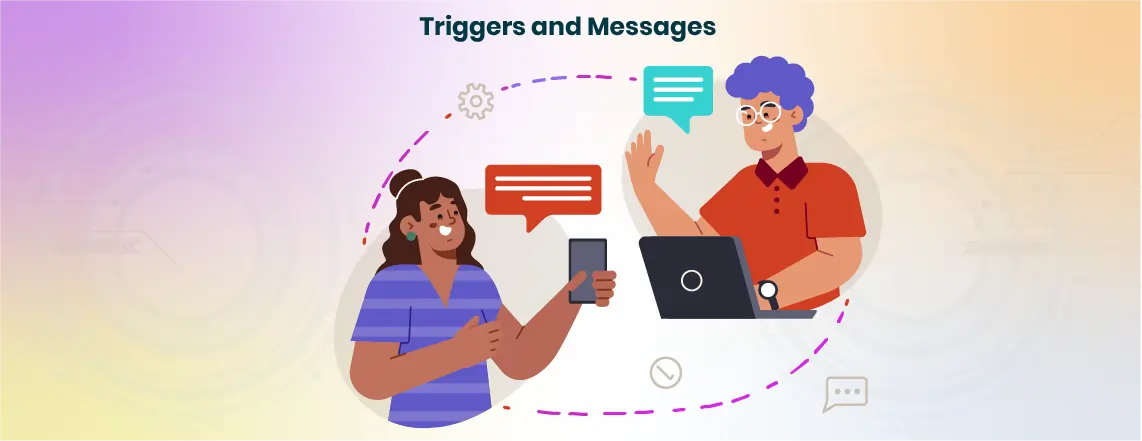
Treat your chat arrangements as “set and forget.” Test several proactive messages, greetings, and triggers to see which drives the most engagement. For instance, a ten percent discount exit intent message might perform better than a standard “Can I assist you?” greeting. Improve your approach over time using A/B testing.
Step-by-step implementation plan
If you follow a straightforward procedure, setting up live chat for lead generating is simple:
1. Pick the right platform

Select a program that aligns with your objectives. Proactive chat, prechat forms, chatbots, CRM integration, and mobile support are among the must-have components.
2. Personalize the widget
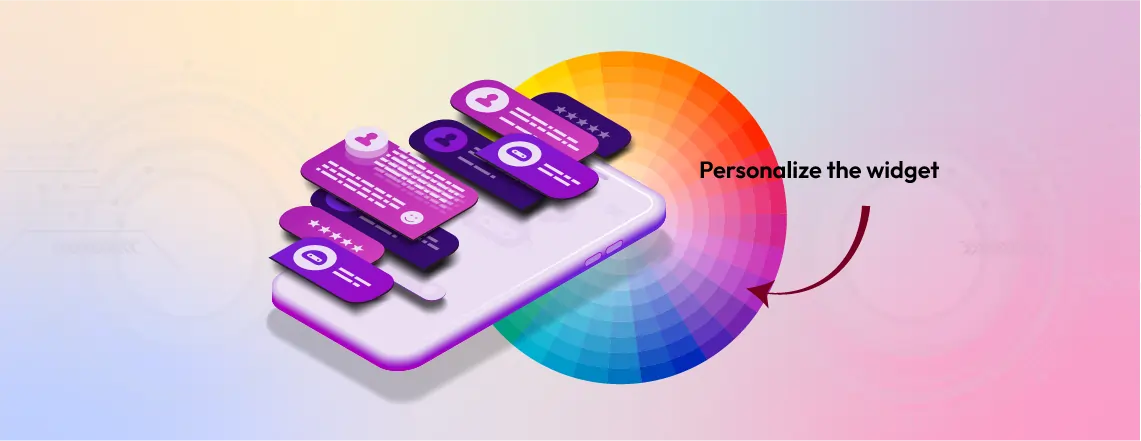
Align the chat style with your brand; greetings, tone, and colors should feel consistent. Position the widget where interaction is most likely to occur, that is, on pricing, checkout, or demo request pages.
3. Establish triggers and canned responses.
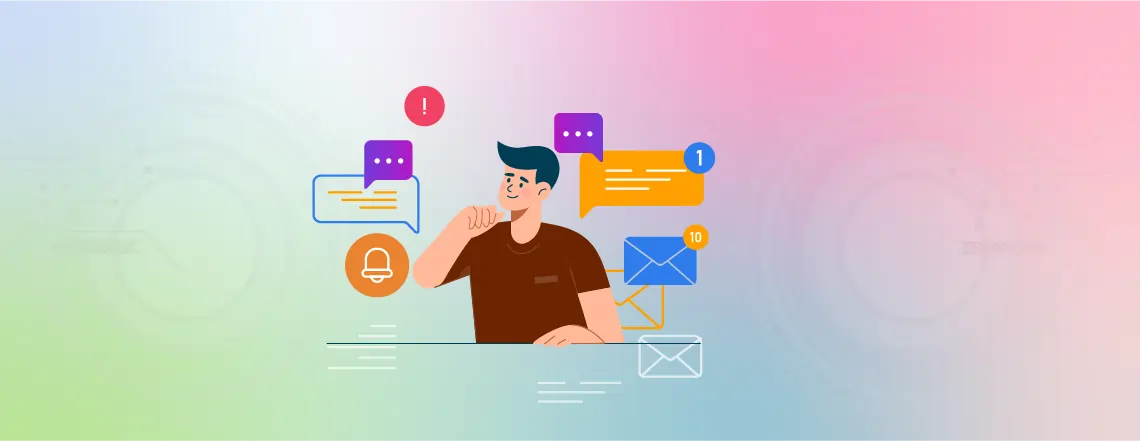
Design proactive messages based on observed behavior (e.g., staying on the pricing page) to enhance user experience. To lower response times and keep conversations going, prepare canned answers for frequently asked questions.
4. Integrate with CRM/marketing solutions.
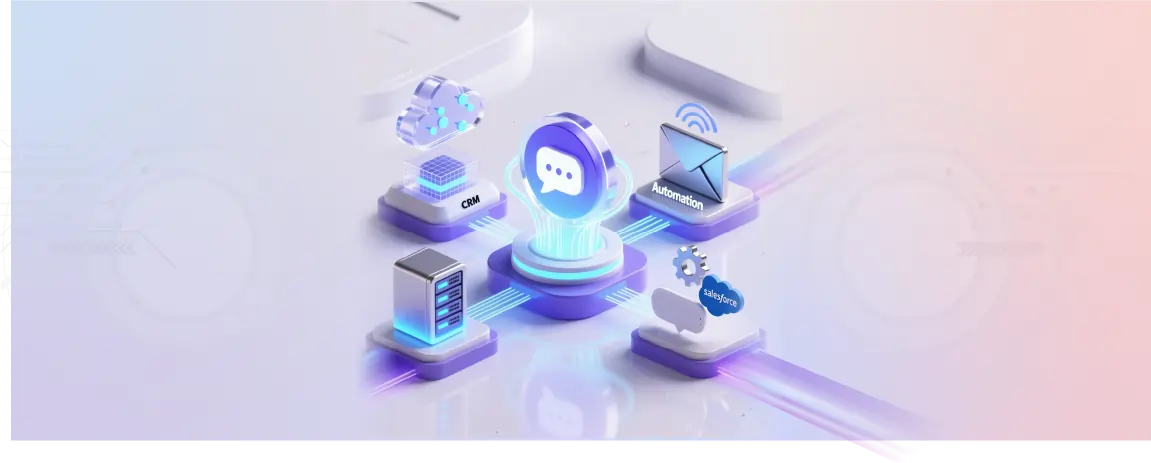
Connect your chat system with Salesforce, HubSpot, or an email automation tool. This ensures that captured leads are stored, tracked, and cultivated smoothly.
5. Add chatbots and train agents.

Provide your team with product knowledge and chat etiquette guidelines. Capture leads outside of business hours and direct questions effectively using chatbots.
6. Launch and refine
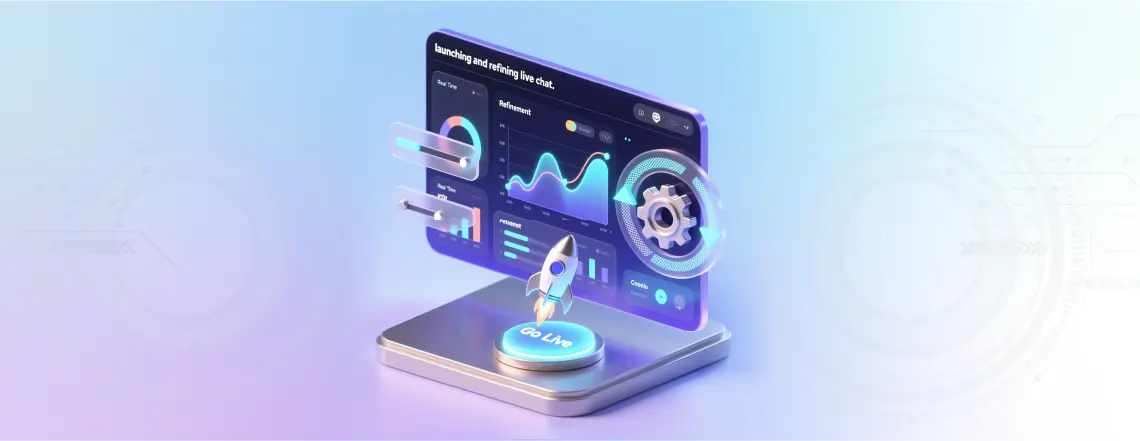
Go live, monitor KPIs like conversion rates and response time, and continually refine triggers or scripts.
Conclusion
Companies can no longer rely solely on outdated lead generation methods, such as static forms or generic pop-ups, in today’s fast-paced digital environment. Customers expect personalized guidance, instant answers, and seamless experiences. This is where live chat really shines.
More than only a support mechanism, live chat is a strategic lead-generation tool that lets businesses:
- Real-time interaction with guests at the peak of their interest.
- Personalized talks help you to develop trust.
- Respond immediately to objections to shorten the sales cycle.
- Capture and evaluate prospects using chatbots, proactive triggers, and prechat forms.
- For nurturing, automatically input lead information into marketing platforms and CRMs.
Indeed, live chat presents challenges, including resource limitations, response time expectations, and the need for multilingual support; yet, with the right balance of automation, team training, and intelligent integrations, these can be overcome.
Live chat offers a unique blend of speed, customization, and scalability, which is the key takeaway. Utilized judiciously, it converts random website visitors into qualified leads and devoted clients.


Leave A Comment